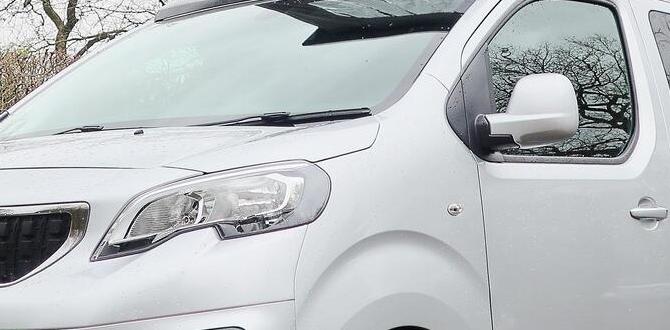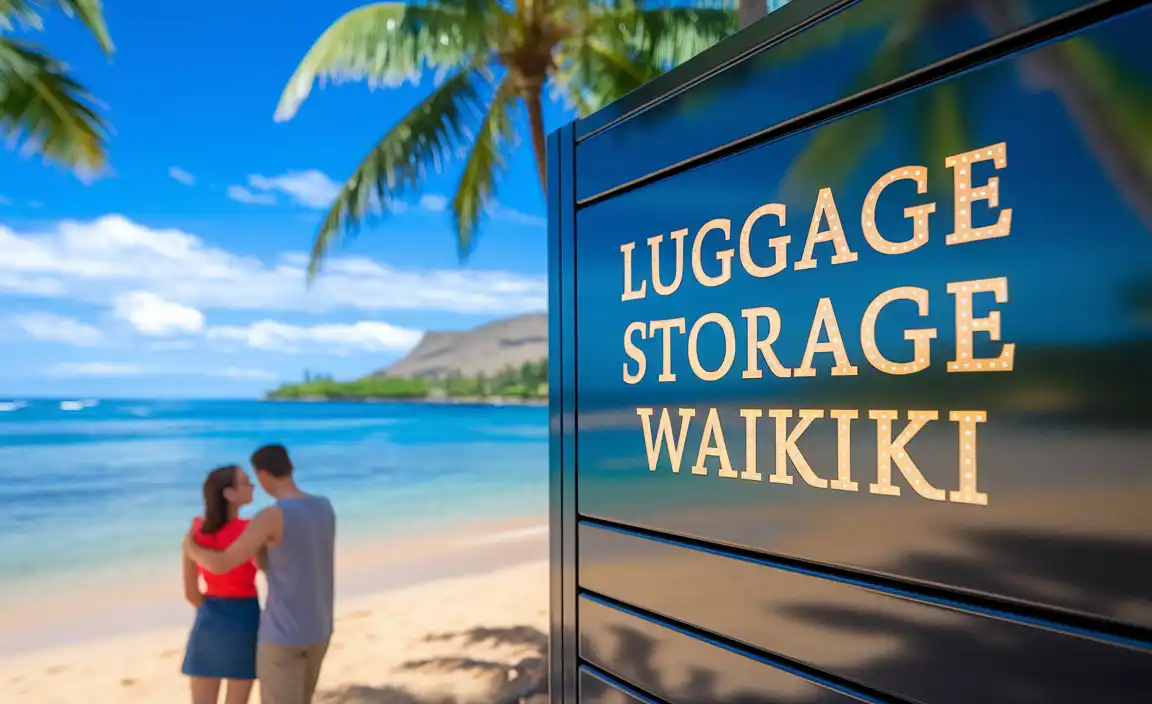Portugal is a beautiful country with stunning landscapes and charming cities, making it a popular destination for tourists worldwide.
While there are many ways to explore this country, driving is one of the most convenient and enjoyable. But before you hit the roads, knowing about driving in Portugal is essential. We have covered everything from understanding road rules and regulations, obtaining a driving license, renting a car, and car insurance requirements to driving etiquette.
We will also discuss the best places to drive in Portugal and share some valuable tips to make your driving experience in Portugal smooth and hassle-free. So buckle up and read on to discover everything you need to know before taking on the Portuguese roads.

What To Know Before Driving In Portugal
Understanding the requirements and regulations is crucial when planning a road trip through Portugal. While riding in Portugal, it is essential to remember that road rules may differ from those of your home country. To rent a car for driving in Portugal, you must be at least 18 years of age and have a valid driver’s license.
Consider renting a car with GPS or navigation systems when travelling through major cities like Lisbon or Porto or exploring rural areas such as Faro or the Algarve region. Additionally, Portuguese drivers tend to drive aggressively and quickly, so always stay alert while driving along motorways or rural roads.
It is also essential to know about toll roads and payment methods. Some require cash payments, while others accept credit cards. Knowing these factors will make your road trip smoother and more enjoyable.
1. Understanding The Portuguese Road Rules And Regulations
Understanding the laws and regulations is vital to ensure a smooth ride in Portugal. The speed limit ranges from 50-120 km/h depending on the type of road. Seatbelts are mandatory for both drivers and passengers. It is illegal to drive with more than 0.5 litres of blood alcohol per litre of blood.
Roundabouts are common in major cities like Lisbon and Porto; drivers must yield to those already on them. Toll roads link major cities like Faro and Lagos; payment can be made using Euro coins or a credit card at toll booths or post offices.
2. Portuguese Road Signs And Symbols
Familiarizing yourself with Portuguese road signs and symbols is crucial when riding in Portugal. The speed limit is usually 50 km/h in urban areas while on highways. It can range from 90 to 120 km/h. Signs for “stop” are shaped like red octagons, while “yield” signs have a red border with a white centre in the shape of a triangle. Road signs that indicate directions and distances are green with white lettering.
Driving defensively is key, as many Portuguese drivers are aggressive behind the wheel. When renting a car from one of the many rental companies in major cities such as Porto or Lisbon, consider adding GPS navigation to help you navigate unfamiliar roads or rural areas such as Douro or Algarve, where speed cameras are standard.
Don’t forget to pack your warning triangle, spare wheel, and IDP (International Driving Permit) if you plan on driving your car within Portugal; petrol stations accept credit cards. But toll booths require euros or third-party toll payment tags that can be purchased at post offices.
3. Obtaining A Portuguese Driving License
Foreign drivers must obtain a Portuguese driving license to drive in Portugal legally. This requires passing a written and practical exam after having a valid driver’s license for some time. The driver must be at least 18 years old and take a medical examination besides providing proof of residence in Portugal. Before hitting the road, it is essential to familiarize yourself with Portugal’s driving rules and regulations.
4. Renting A Car In Portugal
When exploring Portugal, renting a car is a popular choice among travellers. To rent a car, you must have both a valid driver’s license and a credit card available. Familiarizing yourself with Portuguese traffic laws, including speed limits and right-of-way rules, is crucial. In Portugal, toll roads are common and require electronic or toll booth payment.
Make sure to inspect your rental car before departure and take note of any existing damage. Remember that many major cities have residential areas with free parking options, while rural roads may not have gas stations readily available.
5. Portuguese Car Insurance Requirements
To drive safely in Portugal, it’s crucial to understand the local laws and regulations. This includes Portuguese car insurance requirements, which dictate that all vehicles must have third-party liability insurance. It’s also recommended to have comprehensive coverage for additional protection against incidents like theft or accidents.
If you bring your vehicle from another country, check with your insurer to confirm coverage in Portugal and always carry proof of insurance while driving. Failing to do so could result in serious consequences such as hefty fines or imprisonment.
6. Driving Rules And Regulations In Portugal
When taxing in Portugal, adhering to various rules and regulations is essential. Driving must be done on the right-hand side of the road while wearing a seatbelt is mandatory for all passengers in the vehicle. The legal blood alcohol limit when driving is 0.05%, with varying speed limits depending on the type of road and location.
Drivers must always carry essential documents such as a valid driver’s license, registration documents, insurance papers, and a reflective jacket in their car. It’s best to familiarize yourself with traffic laws before embarking on a road trip across major cities like Lisbon or Porto or exploring the countryside in Coimbra or Douro.
7. Road Conditions In Portugal
Portugal is an excellent destination for a road trip. When exploring this beautiful country by car, there are some things to remember. You will encounter a mix of modern highways and winding rural roads without guardrails or streetlights.
Don’t forget about tolls when driving on highways; they can be paid electronically or with cash. Keep an eye out for roundabouts, too – they’re prevalent in major cities like Porto or Lisbon and residential areas. Considering all these factors, taxing in Portugal is the best way to explore its picturesque countryside.
8. Driving Distances In Portugal
Portugal is the perfect destination for a road trip, but ensure you understand the driving distances before hitting the road. The country boasts a well-maintained network of highways and roads, measuring distances in kilometers.
It’s important to note that tolls are common on many Portuguese highways, so have cash or a credit card on hand. Speed limits in Portugal vary by location and type of road, while roundabouts are a common feature of Portuguese roads. Be mindful of pedestrians and cyclists at all times and follow traffic rules to ensure your safety on the road.
9. Parking In Portugal
Navigating through the streets of Portugal can be an exhilarating experience for anyone planning a road trip in Europe. While taxing in Portugal has its perks, Parking in Portugal can be challenging at times, especially in residential areas of major cities such as Lisbon and Porto.
To avoid getting fined or having their rental car towed away by traffic enforcement personnel. Drivers must ensure strict adherence to the prevailing parking signs and regulations on the roadsides of these cities. One alternative is to use paid metered parking spots that require tickets from machines or mobile apps that must be displayed on the dashboard while parked.
10. Portuguese Traffic And Driving Etiquette
While taxing in Portugal, it’s crucial to follow the rules of the road and adhere to local driving etiquette. Portuguese drivers typically have an aggressive driving style, so staying vigilant and defensive on the road is essential.
Always use turn signals when changing lanes or turning, yield to pedestrians and navigate roundabouts safely. It’s also important to familiarize yourself with Portuguese traffic laws, such as speed limits and parking restrictions.
Finding free parking spots may be challenging when visiting major cities like Lisbon, and Porto, or other rural areas like Coimbra or Faro in the Algarve region. Check for paid metered parking or park at a garage rental company instead.
11. Driving In Portuguese Weather Conditions
When taxing in Portugal, it’s essential to be prepared for any kind of weather. Check the latest weather forecast to pack appropriate clothing and equipment based on your travel plans. During rainy or foggy weather conditions, drive slower than usual while using your car’s headlights and windshield wipers as needed.
Don’t forget to stay hydrated during hot days by carrying enough water with you at all times; also, carry sunscreen or hats for sun protection. It’s always wise to watch the changing weather patterns in Portugal before starting your road trip.
12. Portuguese Toll Roads And Payment Systems
When taxing in Portugal, it’s essential to understand the payment systems for toll roads. Traditional tools and electronic tolls are the two options available. Traditional tolls can be paid with cash or card at the toll booth, while electronic tolls use Via Verde to deduct the amount from your account automatically.
Rental companies may provide you with a Via Verde device, but it’s best to confirm before hitting the road. If you don’t have one, you can obtain a temporary electronic toll service pass online or from post offices across major cities like Lisbon and Porto.
Best Places To Drive In Portugal
Looking for an adventurous road trip? Look no further than Portugal! The country offers plenty of breathtaking destinations for drivers to explore. From the Douro Valley to the Algarve Coast and Serra da Estrela, there’s no shortage of scenic routes.
To ensure a smooth drive, it’s essential to familiarize yourself with the local rules of the road, including speed limits and right-of-way rules. Rental companies provide a convenient way to get around if you prefer not to use public transport.
Be aware that toll roads are common in Portugal and require cash or credit card payment at the toll booth. Safety is also crucial; ensure everyone in your car wears their seatbelt as a legal requirement, and keep a warning triangle in emergencies.
Tips For Taxing In Portugal
If you plan on taxing in Portugal, you should keep several key road rules in mind. First and foremost, make sure to familiarize yourself with local traffic laws and road signs before getting behind the wheel.
Prepare for narrow roads, roundabouts, and steep hills as well. It’s also a good idea to rent a GPS or download a map app to help you navigate unfamiliar roads and plan your route to avoid tolls or busy areas during peak traffic times.
Before hitting the road in Portugal, it’s essential to understand the country’s car insurance requirements and obtain a Portuguese driving license. You should also know how toll roads work – traditional tolls require cash or card payment at the toll booth.
While electronic tolls use Via Verde, automatically deducting the toll from your account. Additionally, some rental cars may come equipped with a Via Verde device – but confirming this with the rental company before driving on toll roads is essential.
Motorway Taxing In Portugal
When taxing in Portugal, it’s essential to understand the rules and regulations of the motorways or autostradas. These toll roads have a speed limit of 120 km/h (74 mph) but may vary in different areas. Also, carrying cash or a credit card is crucial since toll booth payments are required.
To ensure safety, maintain a safe distance from other vehicles and avoid overtaking on the right side. Before setting off on your road trip adventure, familiarize yourself with Portuguese driving laws and regulations.
Conclusion
Driving in Portugal can be an exciting and rewarding experience, but it’s essential to be prepared and informed before hitting the road. From understanding Portuguese road rules and regulations to obtaining a driving license and renting a car, there are many things to consider.
Additionally, knowing the best places to drive in Portugal and tips for motorway driving can make your journey even more enjoyable. Remember always to stay alert, follow traffic rules and regulations, and be courteous to other drivers on the road. If you’re planning a driving trip to Portugal, read our comprehensive blog on everything you need to know before hitting the road.
Frequently Asked Questions
[rank_math_rich_snippet id=”s-6c7f9d9c-1b25-42a9-81c9-85f258e09dbc”]








